As the launch of Apple's next-generation iPhone draws near, new documents discovered on Tuesday reveal the company is already looking ahead to future versions of the handset that may sport functional wrap-around displays.
The U.S. Patent and Trademark Office granted Apple's U.S. Patent No. 8,723,824 for "Electronic devices with sidewall displays" which, as the title suggests, describes a method of positioning OLED or other flexible display type around the sidewalls of a portable device.
While not the first wrap-around display patent to come out of Cupertino, the latest property is less ambitious than previous designs and could feasibly be implemented in a near-future smartphone.
As noted in the document, the invention consists of one or more flexible display layers disposed beneath a clear plastic or glass housing. The patent calls for at least one sidewall to be fitted with an edge display that is an extension of the main front-facing touchscreen.
Interactive or touch sensitive portions of the side displays can be left uncovered, or visible to the user, while non-functional portions carrying circuitry may be masked with paint or otherwise obscured. The openings in the sidewall can serve as windows through which the sidewall display and associated touch sensitive regions are accessible.
By extending an iPhone's touchscreen to the edges of the device, users are afforded an expanded input interface that frees up space on the main screen. At the same time, the extra display real estate can be customized to show a variety of interactive virtual controls and features not possible with static physical buttons.
In some embodiments, the sidewall displays are assigned roles accessible in certain scenarios. For example, a number of app icons may be displayed when a user turns their phone on its side, or scientific functions may appear when a calculator app is in operation.
Alternative uses include slide-to-unlock functionality, music player controls, messaging readout, caller ID and system controls, among many more. All sidewall displays may be outfitted with gesture-capable touch elements, further enhancing their capabilities.
The benefits of having configurable "soft" display buttons are immediately apparent, as users can use the same sidewall display area to control or view multiple graphical assets. For example, an area of screen located between two physical volume buttons can show output levels, track name and other information. Alternatively, a display portion may itself be configured to display volume controls, negating the need for physical actuators.
Further, Apple's patent notes physical actuators like volume buttons may be transparent. In this case, a portion of the sidewall display sitting beneath the button element can be configured to denote a specific purpose. As an example, a single button can control track transport in one scenario and switch to volume control in another.
Because the invention uses a flexible display, a biasing member like a dome switch can be deployed just beneath the substrate's surface. When a user interacts with the virtual button, the display deforms and compresses the biasing member, thus offering tactile feedback.
The patent goes on to explain variations of the sidewall display structure that include feedback components and other alternate system implementations.
While the upcoming "iPhone 6" is not expected to boast sidewall displays or flexible OLED screens, the industry is moving in that general direction. Companies like LG and Samsung are using flexible display technology to differentiate their products among a sea of smartphones, but current designs are more of a novelty than they are useful.
Apple's sidewall display patent was first filed for in 2011 and credits Scott A. Myers, Stephen Brian Lynch and Anthony S. Montevirgen as its inventors.
 Mikey Campbell
Mikey Campbell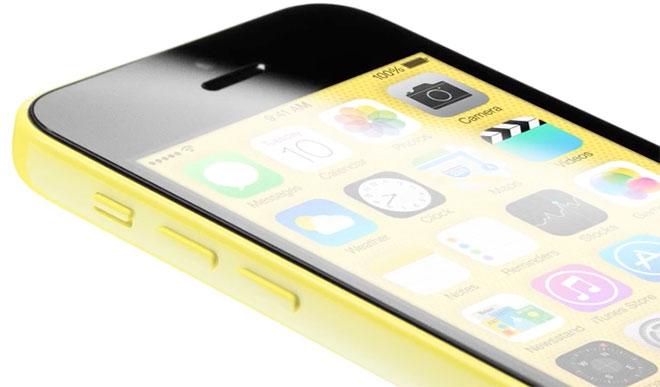
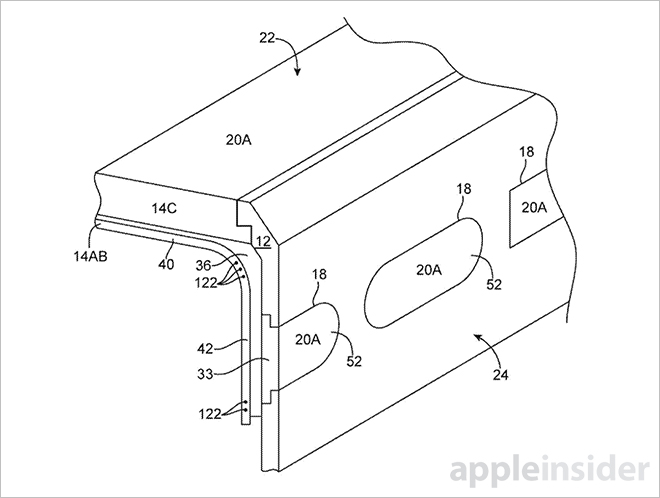
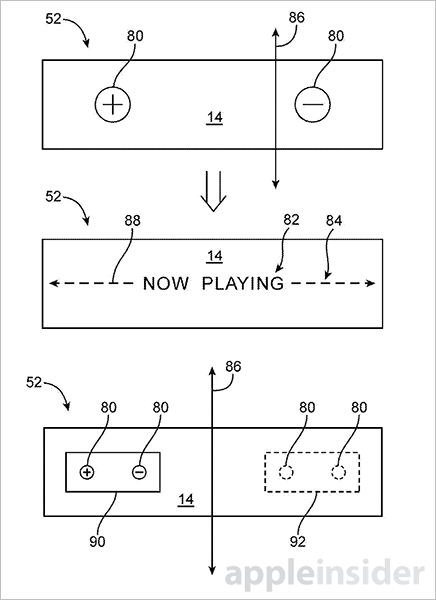
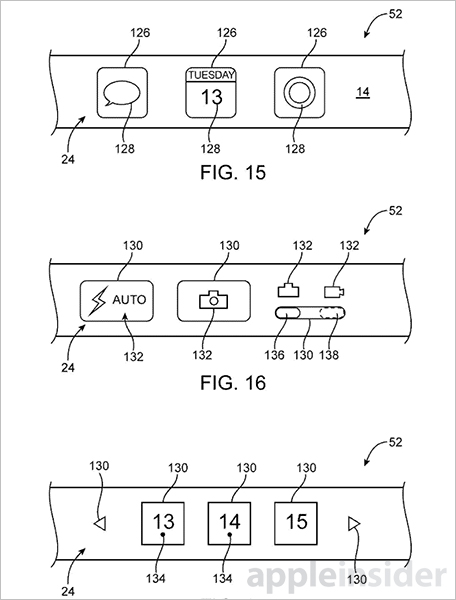
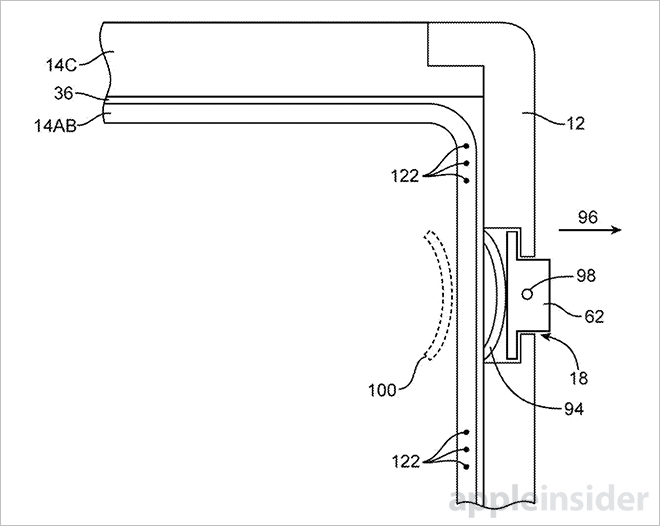




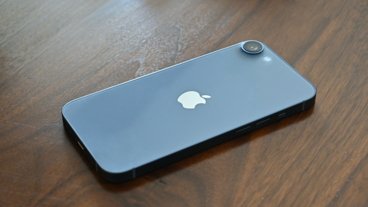
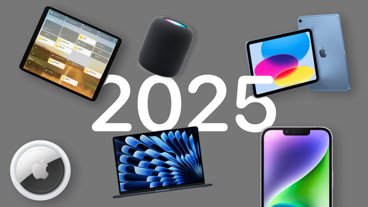

-m.jpg)






 Malcolm Owen
Malcolm Owen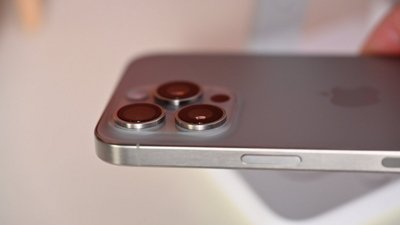


 Wesley Hilliard
Wesley Hilliard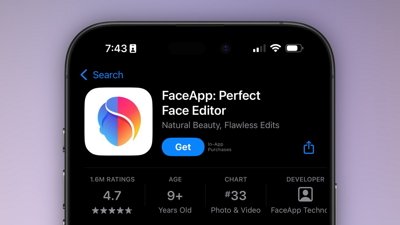

 Marko Zivkovic
Marko Zivkovic
 Christine McKee
Christine McKee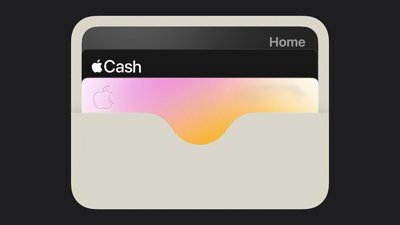


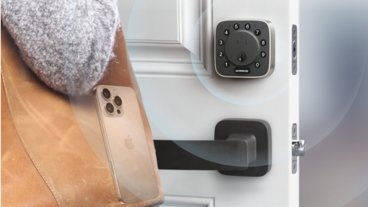







19 Comments
Like these mockups? [IMG ALT=""]http://forums.appleinsider.com/content/type/61/id/43117/width/350/height/700[/IMG][IMG ALT=""]http://forums.appleinsider.com/content/type/61/id/43118/width/350/height/700[/IMG] [IMG ALT=""]http://forums.appleinsider.com/content/type/61/id/43119/width/350/height/700[/IMG][IMG ALT=""]http://forums.appleinsider.com/content/type/61/id/43120/width/350/height/700[/IMG] They'll need to do some serious 'ignore [S]accidental[/S] grip touches' in software, as holding the phone would obviously 'press' a couple of icons on the side(s).
[quote name="PhilBoogie" url="/t/179512/future-iphones-may-feature-interactive-sidewall-displays-with-virtual-buttons#post_2532913"]Like these mockups?[/quote] They said that the housing material can be a number of things so not necessarily glass. They could put the display behind perforated metal and it would just illuminate buttons when needed. The entire side of the phone could have a strip that can be physically pressed. This makes it easier to take photos as you'd just click the side anywhere. Sliding along it can zoom in and out.
[quote name="Marvin" url="/t/179512/future-iphones-may-feature-interactive-sidewall-displays-with-virtual-buttons#post_2532917"][^ post][/quote] I like your way of thinking.
[quote name="PhilBoogie" url="/t/179512/future-iphones-may-feature-interactive-sidewall-displays-with-virtual-buttons#post_2532922"] I like your way of thinking.[/quote] Think, scrolling. No more accidental tapping of advertisements or accidental double tapping that zooms while attempting to single hand the phone and scroll with a thumb. Plus, this will make for easier one-handed use ; I'm thinking the index finger is used for scrolling while the other three fingers and thumb comfortably and securely hold the phone. And while we're at it, double tapping to zoom can also be off loaded to the index finger. Another capability could be swiping between browser tabs (with some way to invoke the tab view) and selection of a tab to view. In short, a lot of the single-handed navigation and operation can be augmented with interactive side panels. I think Apple is really going to do this well and make something very intuitive, just like they did with the original iPhone. Call it, multi-touch 2.0.
So does this mean the case makers will have a harder designing something?